Flexibility and designer athleisure not required

“Me, do yoga? I’m not flexible. Like, at all.”
Advertisement
Cleveland Clinic is a non-profit academic medical center. Advertising on our site helps support our mission. We do not endorse non-Cleveland Clinic products or services. Policy
If that thought has ever crossed your mind ― or if you’ve ever felt like taking a yoga class is out of the question because you don’t have a “yoga body” ― you might not be getting the whole picture.
At its core, yoga is for everyone, and there are many different ways of doing it. It’s also not just one singular thing ― it’s a practice that weaves together physical postures with breathing techniques and mindful meditation to deliver heaps of benefits for your mind and body.
“Studies repeatedly show that yoga has wonderful stress management benefits,” says Judi Bar, a yoga therapist and Yoga Program Manager. And that’s just the beginning; studies have also found that yoga can help:
Still can’t imagine yourself donning stretchy pants and getting into downward-facing dog? Bar has heard it all before and is here to address some of the most common reasons people give for missing out on what yoga has to offer.
Flexibility is something that’s gained from a regular yoga practice, not something that’s required in order to start one, Bar says.
Advertisement
Yoga practice is intended to be adapted to meet every individual at his or her own level. “The whole essence of yoga is wrapping yoga around a person ― not asking them to bend this and that way,” she says. “We always want people to go at their own pace, don’t force anything and listen to their body.”
The irony of this misconception is that (based on the earliest descriptions of yoga that we have) it was started by men who taught it to other men in India. Somewhere along the way, as it became popularized in the Western world, it took on feminine associations.
“Part of it is, I think, the mind-body piece of it attracted women here initially,” Bar says. “But there are certainly wonderful male teachers and a lot of men that do yoga.”
The mistake that people make in taking up yoga is not investigating the available styles and teachers enough to find what’s right for them, Bar says.
“If a class is too fast or extreme, or if we put too much pressure on ourselves, that is how we get hurt,” she says.
Start with a class labeled “beginner” or “gentle.” And remember, you don’t have to twist yourself into a pretzel to do yoga. Listen to your body, and let the instructor know it’s your first time so they can offer modifications and adjustments.
Actually, studies suggest yoga can actually help relieve lower back pain. “There are poses and breaths and meditations that absolutely support people with pain,” Bar says.
This is another case in which the experience of the teacher and the type of class will be paramount. You might want to seek out a class taught by a yoga therapist, which is an instructor who has additional training in helping people with physical challenges like pain, or people who are recovering from an injury.
Look for classes labeled “gentle” or “therapeutic,” or even chair yoga.
If you’re wanting a more fast-paced style that can really challenge your muscles, look for vinyasa or Ashtanga classes, which involve poses linked together into sequences. Hot yoga and Bikram yoga may also allow you to move deeper into poses ― and make you sweat.
But these more rigorous kinds of yoga are not something you want to just jump into, Bar says.
“Again, the key is to choose a class that’s appropriate for your own fitness level, flexibility, tolerance for heat and understanding of alignment,” she says. “When we move with pressure and speed and we don’t understand alignment, that’s when injuries happen.”
All you really need to do yoga is something comfy to wear and a mat underneath your feet, and it can be done just about anywhere (thanks, YouTube).
Advertisement
“A mat just makes it a little bit safer so you don’t slip, and it pads you a little when you’re laying down,” Bar explains.
Extra props aren’t necessary for many styles of yoga. Or, if you want to use them, you can find items around your house that will work the same way ― say, use a book instead of a block or a belt instead of a strap.
Since it’s not usually a calorie-torching activity, some people assume yoga isn’t helpful for weight loss. But evidence suggests that’s not true.
It’s actually the mental benefits of yoga that are most likely to contribute to weight loss. “One of the biggest benefits of yoga is the clarity of mind and self-awareness that come with it,” Bar says.
“When we’re more aware, we’re able to make behavioral changes and be more mindful in our choice of how we eat, what we eat and when we eat.”
“I teach people who are 90 years old,” Bar reassures. “There’s this perception that yoga has to be fast and you’re on the ground and you’re sweating, but that’s not the case.”
She advises that baby boomers and seniors look to their local recreation center for gentle or therapeutic yoga classes, or chair yoga, as those tend to be more adaptive than classes at a trendy yoga studio.
Yoga can be accessible and attainable for anyone ― just remember to always listen to your body and find a class and an instructor that support you.
Advertisement
So go ahead, soak up that Savasana and be on your way to a clearer mind and a more relaxed body.
Advertisement
Learn more about our editorial process.
Advertisement
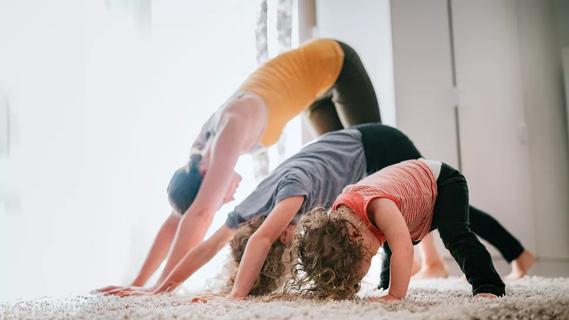
Kids’ yoga can help kiddos become more aware of their physical, mental and emotional selves
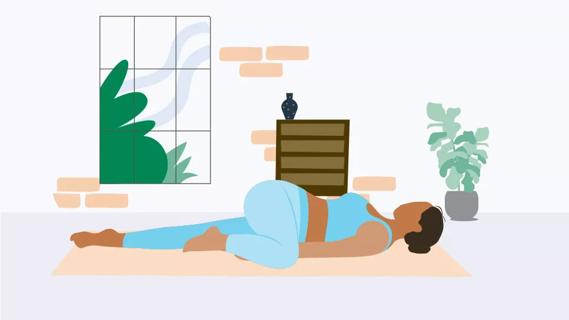
This mindful practice is designed to give you mental and physical relaxation

Both practices are worth exploring and offer amazing health benefits

You can work more than your abdominals
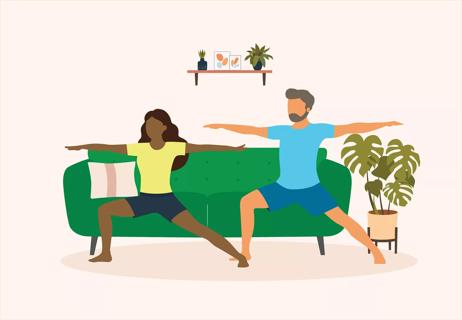
From using props to practicing on the go, yoga offers an array of benefits
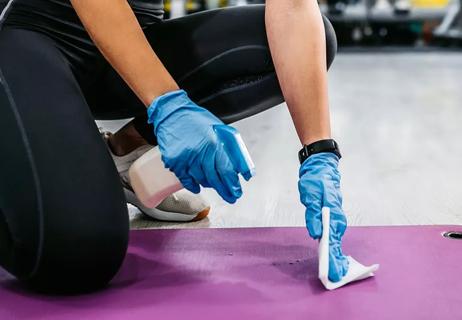
Soap and water will do the trick, but only consider disinfecting if you share a mat
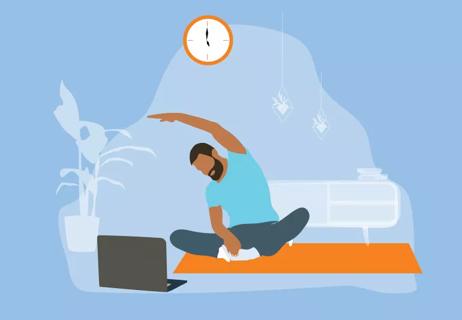
Select a yoga class that focuses on your breath and promotes kindness toward yourself

The healing benefits of trauma-informed practices

Type 2 diabetes isn’t inevitable with these dietary changes

Applying a hot or cold compress can help with pain